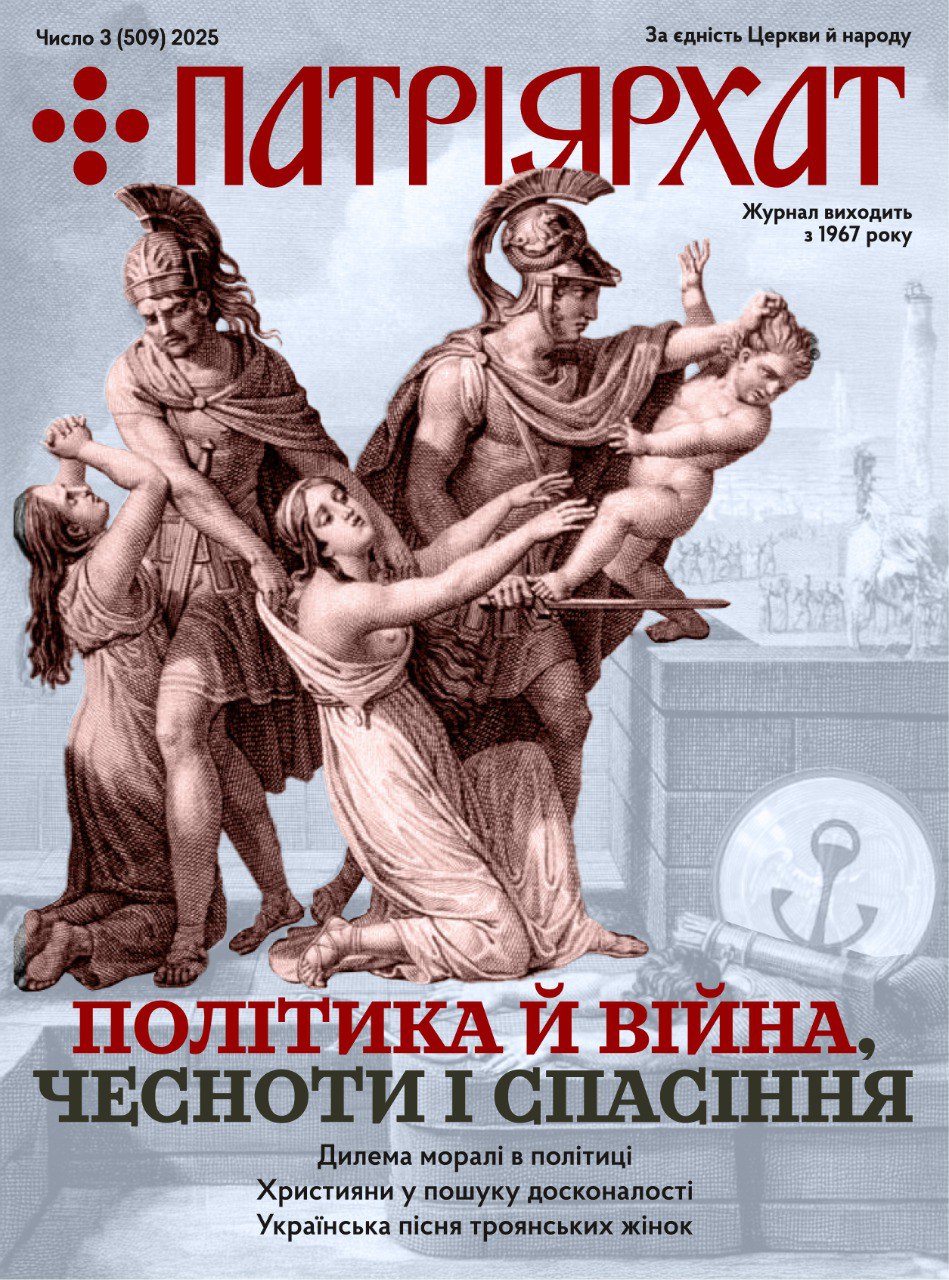Radio Commentary
Perhaps the most “burning questions in the minds of many Ukrainian- Americans to-day are:
Why the demonstrations?
Why all the protests?
What is happening to the Ukrainian Catholic Church and to her faithful?
Other Ukrainian-Americans who seem to know the answer to these questions inasmuch as they have participated in the demonstrations, are tormented by doubts and incertitude; they are faced with-questions like:
What good are these demonstrations?
Isn’t it true that no matter how much the people protest those in power will do as they please anyway?
Doesn’t it follow, therefore, that all the demonstrations are an exercise in futility, a big waste of time and energy?
The answers to these questions must be sought in the past as well as in the present. To put the problem in a proper historical perspective we have to go back as far as the 16th century. In 1596, the Ukrainian Orthodox bishops present at the Council of Brest-Litovsk, ratified a treaty of union with the Holy See. In signing this document, the Ukrainian bishops formally recognized the primacy of the Pope over their Church. The Holy Father, in return, explicitly guaranteed to the Ukrainian Catholic Church a definite degree of autonomy which included certain rights and privileges.
Among these rights and privileges are:
The right to maintain and perpetuate own customs, traditions, and rituals.
The right to have a married clergy.
The right to have a Major Archbishop, the Metropolitan of Kiev-Halych, who together with his Synod of Bishops, would be the highest governing authority in the Ukrainian Catholic Church.
and:
The right of the Major Archbishop to nominate and consecrate bishops »
These are some of the terms of the Union of Brest-Litovsk of 1596» More recently, on November 21, 1964, the Second Vatican Council reaffirmed these terms in its Decree on Catholic Eastern Churches. The fathers of the Second Vatican Council carefully defined the rights of the patriarch in the following sections of the decree. We quote:
“BY the name Eastern Patriarch is meant the bishop who has jurisdiction over all bishops (including metropolitans), clergy, and people of his own territory or rite, in accordance with the norms of law and without prejudice to the primacy of the Roman Pontiff.”
And:
“The Patriarch with their synods constitute the superior authority for all affairs of the patriarchate, including the right to establish new eparchies and to nominate bishops of their rite within the territorial bounds of the patriarchate, without prejudice to the inalienable right of the Roman Pontiff to intervene in individual cases.”
Probably most pertinent for the Ukrainian Catholics is Section 10 of the decree which states:
“What has been said of Patriarchs applies as well, under the norm of law, to major archbishops, who preside over the whole of some individual Church or rite.”
Inasmuch as His Beatitude Joseph Cardinal Slipyj is the only Major Archbishop in* the Catholic Church at present, it is clear that these articles apply to him. We might add, that in a special Papal Bull issued in 1965, The Confessor of Faith, Joseph Cardinal Slipyj, was recognized to be, by virtue of his office as Metropolitan of Kiev-Halych, a Major Archbishop v/ith jurisdiction over all the Ukrainian Catholics, regardless of their place of residence. This was done in anticipation of the decisions of Vatican II.
These historical facts formed the basis of the Fourth Archepiscopal Synod of the Ukrainian Catholic Hierarchy which His Beatitude Joseph Cardinal Slipyj convoked in Rome on September 29, 19.
At that time, it appeared, that the age-old dream of the Ukrainians was to be realized. The Synod was attended by all the bishops of the Ukrainian Catholic Church in the Free World. All these bishops voted to adopt a patriarchal constitution for the Ukrainian Catholic Church. All the bishops signed a petition to His Holiness Pope Paul VI asking the Pontiff to elevate the Major Archbishop Joseph Cardinal Slipyj to the dignity of a Patriarch. All the Bishops signed all the documents all the bishops but one. The lone dissenter was the Metropolitan of Philadelphia, His Excellency Archbishop Ambrose Senyshyn.
It is futile to attempt to postulate possible reasons for the Metropolitan’s actions. And in the final analysis, the reasons are not that important. What is important, however, and ineffably tragic as well, is the result of his actions. By his actions Metropolitan Ambrose Senyshyn has shattered the unity of the Ukrainian Catholic Church and has sown discord and dissent among her faithful.
A period of agonizing ambiguity followed. Assertions that the Metropolitan added his signature to the petition to the Holy Father were followed by denials. Numerous conflicting statements by the” Metropolitan and the Chancery resulted in an unbridgeable credibility gap. It became progressively more obvious to the faithful that their Metropolitan wanted no part of the Synod, that he preferred the Ukrainian Catholic Church to be a colony of the Congregation for Eastern Churches. Therefore, when in December 1969, the Metropolitan sought to strengthen his separatistic position by inviting Maximilian Cardinal de Furstenberg, the Prefect of the Sacred Congregation for Eastern Churches, to Philadelphia, for the celebration of the 10th anniversary of the elevation of the Philadelphia Ukrainian Catholic diocese to the status of a Metropolitan See, the faithful felt conscience-bound to safeguard the integrity of their Church. They demonstrated against the visit of Cardinal de Furstenberg. And that’s how it all began.
The faithful felt that by his actions the Metropolitan was, in fact, depriving them of their ecclesiastical and spiritual heritage. Having exhausted all the means of recourse available, they demonstrated, hoping to persuade the Metropolitan to change his perilous course.
Today about two years later, the issues are still essentially the same. But thanks to the demonstrations all the world is now aware of the tragic plight of the Ukrainian Catholic Church. And because of this awareness thereis hope for a better future.

